Toxic
Carbon Monoxide
Hydrogen Sulfide
Ammonia
Chlorine
Benzene
Combustible
Methane
Propane
Butane
Hydrogen
Volatile Organic Compounds
Semiconductor
Infrared (Ir)
Laser-Based Detection
Catalytic
Photoionization Detector (Pid)
Fixed Gas Detectors
Portable Gas Detectors
Flame Detectors
Oil & Gas
Mining
Petrochemicals
Construction
Energy & Power
Water Treatment
Industrial
Automotive
Toxic
Carbon Monoxide
Hydrogen Sulfide
Ammonia
Chlorine
Benzene
Combustible
Methane
Propane
Butane
Hydrogen
Volatile Organic Compounds
Semiconductor
Infrared (Ir)
Laser-Based Detection
Catalytic
Photoionization Detector (Pid)
Fixed Gas Detectors
Portable Gas Detectors
Flame Detectors
Oil & Gas
Mining
Petrochemicals
Construction
Energy & Power
Water Treatment
Industrial
Automotive
Toxic
Carbon Monoxide
Hydrogen Sulfide
Ammonia
Chlorine
Benzene
Combustible
Methane
Propane
Butane
Hydrogen
Volatile Organic Compounds
Semiconductor
Infrared (Ir)
Laser-Based Detection
Catalytic
Photoionization Detector (Pid)
Fixed Gas Detectors
Portable Gas Detectors
Flame Detectors
Oil & Gas
Mining
Petrochemicals
Construction
Energy & Power
Water Treatment
Industrial
Automotive
Toxic
Carbon Monoxide
Hydrogen Sulfide
Ammonia
Chlorine
Benzene
Combustible
Methane
Propane
Butane
Hydrogen
Volatile Organic Compounds
Semiconductor
Infrared (Ir)
Laser-Based Detection
Catalytic
Photoionization Detector (Pid)
Fixed Gas Detectors
Portable Gas Detectors
Flame Detectors
Oil & Gas
Mining
Petrochemicals
Construction
Energy & Power
Water Treatment
Industrial
Automotive
Toxic
Carbon Monoxide
Hydrogen Sulfide
Ammonia
Chlorine
Benzene
Combustible
Methane
Propane
Butane
Hydrogen
Volatile Organic Compounds
Semiconductor
Infrared (Ir)
Laser-Based Detection
Catalytic
Photoionization Detector (Pid)
Fixed Gas Detectors
Portable Gas Detectors
Flame Detectors
Oil & Gas
Mining
Petrochemicals
Construction
Energy & Power
Water Treatment
Industrial
Automotive
Toxic
Carbon Monoxide
Hydrogen Sulfide
Ammonia
Chlorine
Benzene
Combustible
Methane
Propane
Butane
Hydrogen
Volatile Organic Compounds
Semiconductor
Infrared (Ir)
Laser-Based Detection
Catalytic
Photoionization Detector (Pid)
Fixed Gas Detectors
Portable Gas Detectors
Flame Detectors
Oil & Gas
Mining
Petrochemicals
Construction
Energy & Power
Water Treatment
Industrial
Automotive
Toxic
Carbon Monoxide
Hydrogen Sulfide
Ammonia
Chlorine
Benzene
Combustible
Methane
Propane
Butane
Hydrogen
Volatile Organic Compounds
Semiconductor
Infrared (Ir)
Laser-Based Detection
Catalytic
Photoionization Detector (Pid)
Fixed Gas Detectors
Portable Gas Detectors
Flame Detectors
Oil & Gas
Mining
Petrochemicals
Construction
Energy & Power
Water Treatment
Industrial
Automotive
Toxic
Carbon Monoxide
Hydrogen Sulfide
Ammonia
Chlorine
Benzene
Combustible
Methane
Propane
Butane
Hydrogen
Volatile Organic Compounds
Semiconductor
Infrared (Ir)
Laser-Based Detection
Catalytic
Photoionization Detector (Pid)
Fixed Gas Detectors
Portable Gas Detectors
Flame Detectors
Oil & Gas
Mining
Petrochemicals
Construction
Energy & Power
Water Treatment
Industrial
Automotive
Toxic
Carbon Monoxide
Hydrogen Sulfide
Ammonia
Chlorine
Benzene
Combustible
Methane
Propane
Butane
Hydrogen
Volatile Organic Compounds
Semiconductor
Infrared (Ir)
Laser-Based Detection
Catalytic
Photoionization Detector (Pid)
Fixed Gas Detectors
Portable Gas Detectors
Flame Detectors
Oil & Gas
Mining
Petrochemicals
Construction
Energy & Power
Water Treatment
Industrial
Automotive
Toxic
Carbon Monoxide
Hydrogen Sulfide
Ammonia
Chlorine
Benzene
Combustible
Methane
Propane
Butane
Hydrogen
Volatile Organic Compounds
Semiconductor
Infrared (Ir)
Laser-Based Detection
Catalytic
Photoionization Detector (Pid)
Fixed Gas Detectors
Portable Gas Detectors
Flame Detectors
Oil & Gas
Mining
Petrochemicals
Construction
Energy & Power
Water Treatment
Industrial
Automotive
Toxic
Carbon Monoxide
Hydrogen Sulfide
Ammonia
Chlorine
Benzene
Combustible
Methane
Propane
Butane
Hydrogen
Volatile Organic Compounds
Semiconductor
Infrared (Ir)
Laser-Based Detection
Catalytic
Photoionization Detector (Pid)
Fixed Gas Detectors
Portable Gas Detectors
Flame Detectors
Oil & Gas
Mining
Petrochemicals
Construction
Energy & Power
Water Treatment
Industrial
Automotive
Toxic
Carbon Monoxide
Hydrogen Sulfide
Ammonia
Chlorine
Benzene
Combustible
Methane
Propane
Butane
Hydrogen
Volatile Organic Compounds
Semiconductor
Infrared (Ir)
Laser-Based Detection
Catalytic
Photoionization Detector (Pid)
Fixed Gas Detectors
Portable Gas Detectors
Flame Detectors
Oil & Gas
Mining
Petrochemicals
Construction
Energy & Power
Water Treatment
Industrial
Automotive
Toxic
Carbon Monoxide
Hydrogen Sulfide
Ammonia
Chlorine
Benzene
Combustible
Methane
Propane
Butane
Hydrogen
Volatile Organic Compounds
Semiconductor
Infrared (Ir)
Laser-Based Detection
Catalytic
Photoionization Detector (Pid)
Fixed Gas Detectors
Portable Gas Detectors
Flame Detectors
Oil & Gas
Mining
Petrochemicals
Construction
Energy & Power
Water Treatment
Industrial
Automotive
Toxic
Carbon Monoxide
Hydrogen Sulfide
Ammonia
Chlorine
Benzene
Combustible
Methane
Propane
Butane
Hydrogen
Volatile Organic Compounds
Semiconductor
Infrared (Ir)
Laser-Based Detection
Catalytic
Photoionization Detector (Pid)
Fixed Gas Detectors
Portable Gas Detectors
Flame Detectors
Oil & Gas
Mining
Petrochemicals
Construction
Energy & Power
Water Treatment
Industrial
Automotive
Toxic
Carbon Monoxide
Hydrogen Sulfide
Ammonia
Chlorine
Benzene
Combustible
Methane
Propane
Butane
Hydrogen
Volatile Organic Compounds
Semiconductor
Infrared (Ir)
Laser-Based Detection
Catalytic
Photoionization Detector (Pid)
Fixed Gas Detectors
Portable Gas Detectors
Flame Detectors
Oil & Gas
Mining
Petrochemicals
Construction
Energy & Power
Water Treatment
Industrial
Automotive
Toxic
Carbon Monoxide
Hydrogen Sulfide
Ammonia
Chlorine
Benzene
Combustible
Methane
Propane
Butane
Hydrogen
Volatile Organic Compounds
Semiconductor
Infrared (Ir)
Laser-Based Detection
Catalytic
Photoionization Detector (Pid)
Fixed Gas Detectors
Portable Gas Detectors
Flame Detectors
Oil & Gas
Mining
Petrochemicals
Construction
Energy & Power
Water Treatment
Industrial
Automotive
Toxic
Carbon Monoxide
Hydrogen Sulfide
Ammonia
Chlorine
Benzene
Combustible
Methane
Propane
Butane
Hydrogen
Volatile Organic Compounds
Semiconductor
Infrared (Ir)
Laser-Based Detection
Catalytic
Photoionization Detector (Pid)
Fixed Gas Detectors
Portable Gas Detectors
Flame Detectors
Oil & Gas
Mining
Petrochemicals
Construction
Energy & Power
Water Treatment
Industrial
Automotive
Toxic
Carbon Monoxide
Hydrogen Sulfide
Ammonia
Chlorine
Benzene
Combustible
Methane
Propane
Butane
Hydrogen
Volatile Organic Compounds
Semiconductor
Infrared (Ir)
Laser-Based Detection
Catalytic
Photoionization Detector (Pid)
Fixed Gas Detectors
Portable Gas Detectors
Flame Detectors
Oil & Gas
Mining
Petrochemicals
Construction
Energy & Power
Water Treatment
Industrial
Automotive
Toxic
Carbon Monoxide
Hydrogen Sulfide
Ammonia
Chlorine
Benzene
Combustible
Methane
Propane
Butane
Hydrogen
Volatile Organic Compounds
Semiconductor
Infrared (Ir)
Laser-Based Detection
Catalytic
Photoionization Detector (Pid)
Fixed Gas Detectors
Portable Gas Detectors
Flame Detectors
Oil & Gas
Mining
Petrochemicals
Construction
Energy & Power
Water Treatment
Industrial
Automotive
Toxic
Carbon Monoxide
Hydrogen Sulfide
Ammonia
Chlorine
Benzene
Combustible
Methane
Propane
Butane
Hydrogen
Volatile Organic Compounds
Semiconductor
Infrared (Ir)
Laser-Based Detection
Catalytic
Photoionization Detector (Pid)
Fixed Gas Detectors
Portable Gas Detectors
Flame Detectors
Oil & Gas
Mining
Petrochemicals
Construction
Energy & Power
Water Treatment
Industrial
Automotive
Toxic
Carbon Monoxide
Hydrogen Sulfide
Ammonia
Chlorine
Benzene
Combustible
Methane
Propane
Butane
Hydrogen
Volatile Organic Compounds
Semiconductor
Infrared (Ir)
Laser-Based Detection
Catalytic
Photoionization Detector (Pid)
Fixed Gas Detectors
Portable Gas Detectors
Flame Detectors
Oil & Gas
Mining
Petrochemicals
Construction
Energy & Power
Water Treatment
Industrial
Automotive
Toxic
Carbon Monoxide
Hydrogen Sulfide
Ammonia
Chlorine
Benzene
Combustible
Methane
Propane
Butane
Hydrogen
Volatile Organic Compounds
Semiconductor
Infrared (Ir)
Laser-Based Detection
Catalytic
Photoionization Detector (Pid)
Fixed Gas Detectors
Portable Gas Detectors
Flame Detectors
Oil & Gas
Mining
Petrochemicals
Construction
Energy & Power
Water Treatment
Industrial
Automotive
Toxic
Carbon Monoxide
Hydrogen Sulfide
Ammonia
Chlorine
Benzene
Combustible
Methane
Propane
Butane
Hydrogen
Volatile Organic Compounds
Semiconductor
Infrared (Ir)
Laser-Based Detection
Catalytic
Photoionization Detector (Pid)
Fixed Gas Detectors
Portable Gas Detectors
Flame Detectors
Oil & Gas
Mining
Petrochemicals
Construction
Energy & Power
Water Treatment
Industrial
Automotive
Toxic
Carbon Monoxide
Hydrogen Sulfide
Ammonia
Chlorine
Benzene
Combustible
Methane
Propane
Butane
Hydrogen
Volatile Organic Compounds
Semiconductor
Infrared (Ir)
Laser-Based Detection
Catalytic
Photoionization Detector (Pid)
Fixed Gas Detectors
Portable Gas Detectors
Flame Detectors
Oil & Gas
Mining
Petrochemicals
Construction
Energy & Power
Water Treatment
Industrial
Automotive
Toxic
Carbon Monoxide
Hydrogen Sulfide
Ammonia
Chlorine
Benzene
Combustible
Methane
Propane
Butane
Hydrogen
Volatile Organic Compounds
Semiconductor
Infrared (Ir)
Laser-Based Detection
Catalytic
Photoionization Detector (Pid)
Fixed Gas Detectors
Portable Gas Detectors
Flame Detectors
Oil & Gas
Mining
Petrochemicals
Construction
Energy & Power
Water Treatment
Industrial
Automotive
Toxic
Carbon Monoxide
Hydrogen Sulfide
Ammonia
Chlorine
Benzene
Combustible
Methane
Propane
Butane
Hydrogen
Volatile Organic Compounds
Semiconductor
Infrared (Ir)
Laser-Based Detection
Catalytic
Photoionization Detector (Pid)
Fixed Gas Detectors
Portable Gas Detectors
Flame Detectors
Oil & Gas
Mining
Petrochemicals
Construction
Energy & Power
Water Treatment
Industrial
Automotive
Toxic
Carbon Monoxide
Hydrogen Sulfide
Ammonia
Chlorine
Benzene
Combustible
Methane
Propane
Butane
Hydrogen
Volatile Organic Compounds
Semiconductor
Infrared (Ir)
Laser-Based Detection
Catalytic
Photoionization Detector (Pid)
Fixed Gas Detectors
Portable Gas Detectors
Flame Detectors
Oil & Gas
Mining
Petrochemicals
Construction
Energy & Power
Water Treatment
Industrial
Automotive
Toxic
Carbon Monoxide
Hydrogen Sulfide
Ammonia
Chlorine
Benzene
Combustible
Methane
Propane
Butane
Hydrogen
Volatile Organic Compounds
Semiconductor
Infrared (Ir)
Laser-Based Detection
Catalytic
Photoionization Detector (Pid)
Fixed Gas Detectors
Portable Gas Detectors
Flame Detectors
Oil & Gas
Mining
Petrochemicals
Construction
Energy & Power
Water Treatment
Industrial
Automotive
Toxic
Carbon Monoxide
Hydrogen Sulfide
Ammonia
Chlorine
Benzene
Combustible
Methane
Propane
Butane
Hydrogen
Volatile Organic Compounds
Semiconductor
Infrared (Ir)
Laser-Based Detection
Catalytic
Photoionization Detector (Pid)
Fixed Gas Detectors
Portable Gas Detectors
Flame Detectors
Oil & Gas
Mining
Petrochemicals
Construction
Energy & Power
Water Treatment
Industrial
Automotive


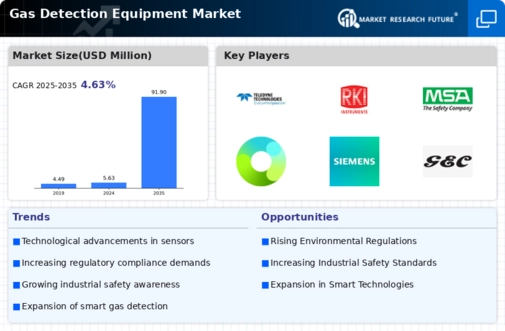
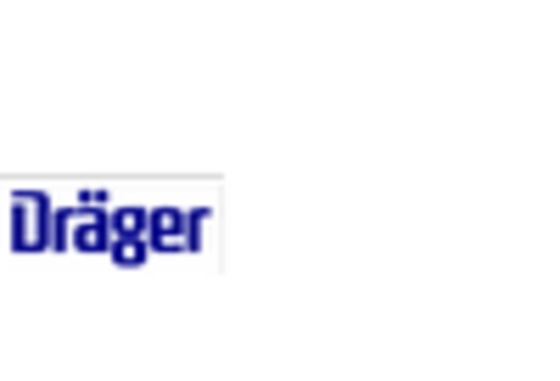
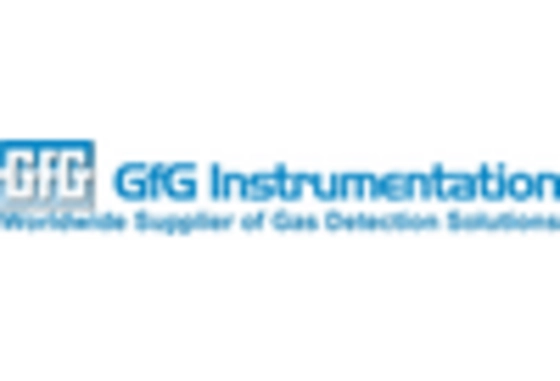

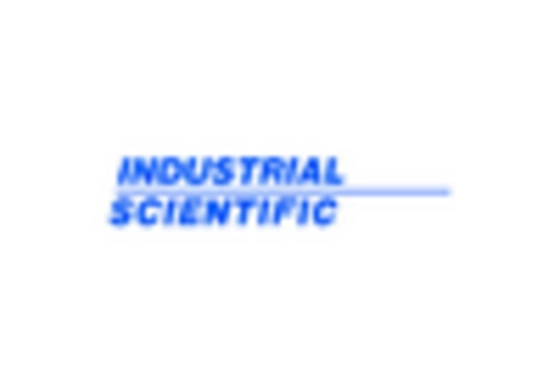
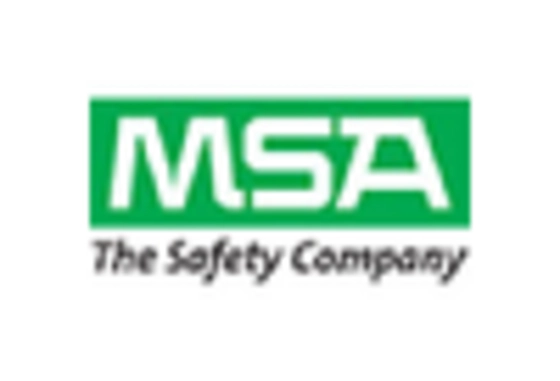
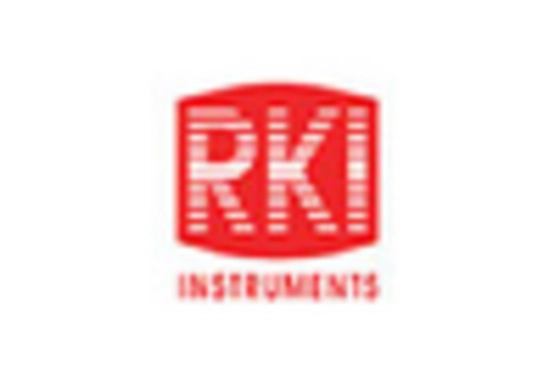

Leave a Comment